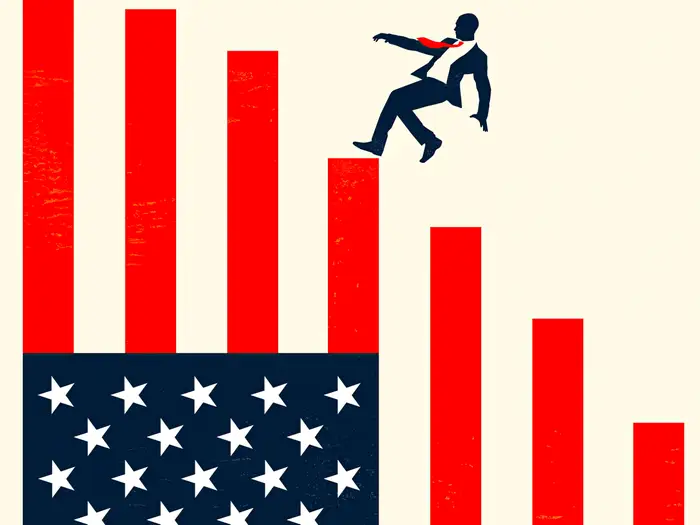Try this higher-interest, lower-tax alternative to CDs while rates are still high

If you’re considering investing in a CD, you might look at this other cash equivalent instead.
If you’re looking to put money to work in the fixed-income market before short-term interest rates likely come down further, you’re probably considering a certificate of deposit, also known as a CD.
In many ways, buying a CD is the same as investing in a bond. You hand the money over to your bank or credit union for a set period of time, and they pay you a monthly dividend before returning your money at the maturity date.
But there are some advantages to investing in another cash equivalent — 3-month and 6-month Treasury bills — according to Jason Browne, the founder of Alexis Investment Partners.
One is that they’re more liquid than CDs. You can buy and sell Treasurys through a brokerage account quickly without forfeiting interest already earned. But if you want to exit a CD before its maturity date, you usually must give up prior interest payments.
This gives you more control over being able to deploy money into places like the stock market on a moment’s notice in case of a correction, he said.
“T-bills are easy to buy these days at no commission through almost every discount broker,” Browne said.
Another reason is that Treasurys are exempt from state taxes, which vary, while CDs are not.
Perhaps a third reason, depending on where you bank, is that in many cases the shortest duration Treasurys are paying better rates than CDs. Yields on 3-month bills are 4.6%, and while some banks are offering similar or slightly higher rates still, many have much less attractive yields. According to DepositAccounts by LendingTree, the average 3-month CD yield is 1.9%.
In terms of duration, Browne said that short-end T-bills are better than durations in the middle or long end of the yield curve, at least for the time being, with the Fed only having cut 50 basis points so far.
“Right now I don’t see a lot of benefit of going further than six months,” he said. “I just think the further you go, you’re getting paid significantly less for something that has duration risk, and it can give you less liquidity, therefore.”
Over the next year, however, Browne sees short-end yields becoming less attractive as the Fed cuts, and more medium-term yields rising as a soft-landing scenario — his base case — comes more into view for investors.
Typically, fears about a recession push down yields on longer-duration bonds as higher investor demand for safe assets raise the price of the securities. Recession concerns are elevated at the moment with the labor market weakening, but Browne believes those clouds will clear in the months ahead, lowering investor demand for longer-duration bonds, causing their yields to rise.
So, buying short-duration T-bills in the meantime buys you time while longer yields rise, he said.
“Our feeling is that we’re going toward a more normal yield-curve environment,” Browne said. “The transition until we get there is still paying you more for staying liquid, high-quality short duration.”






